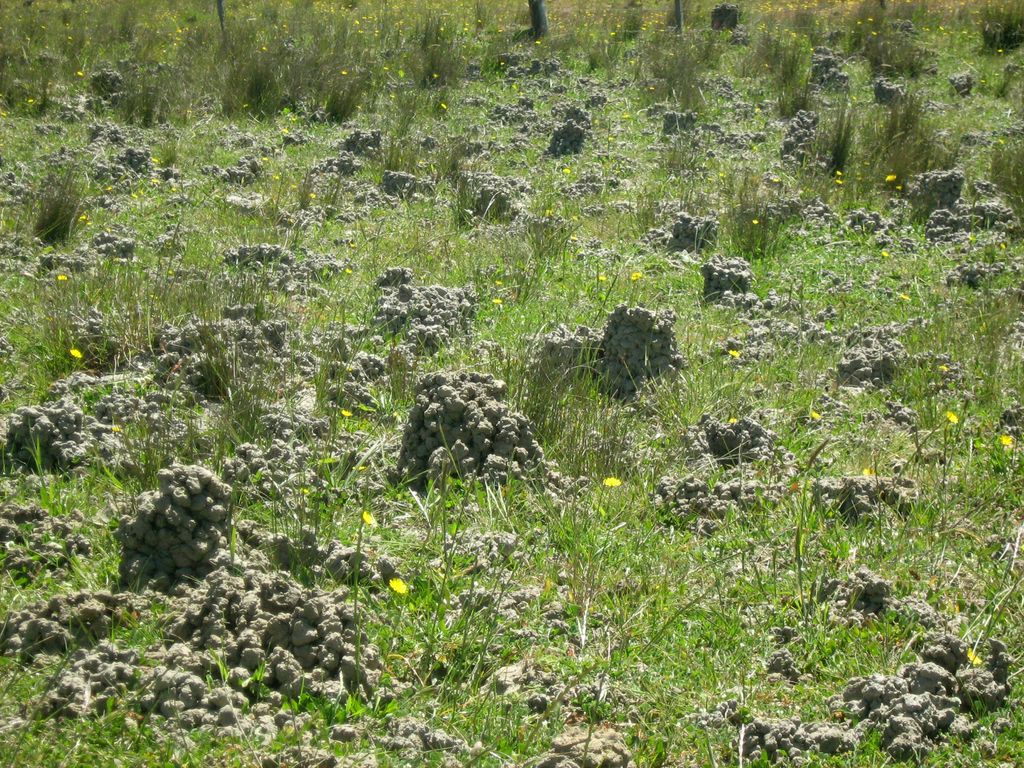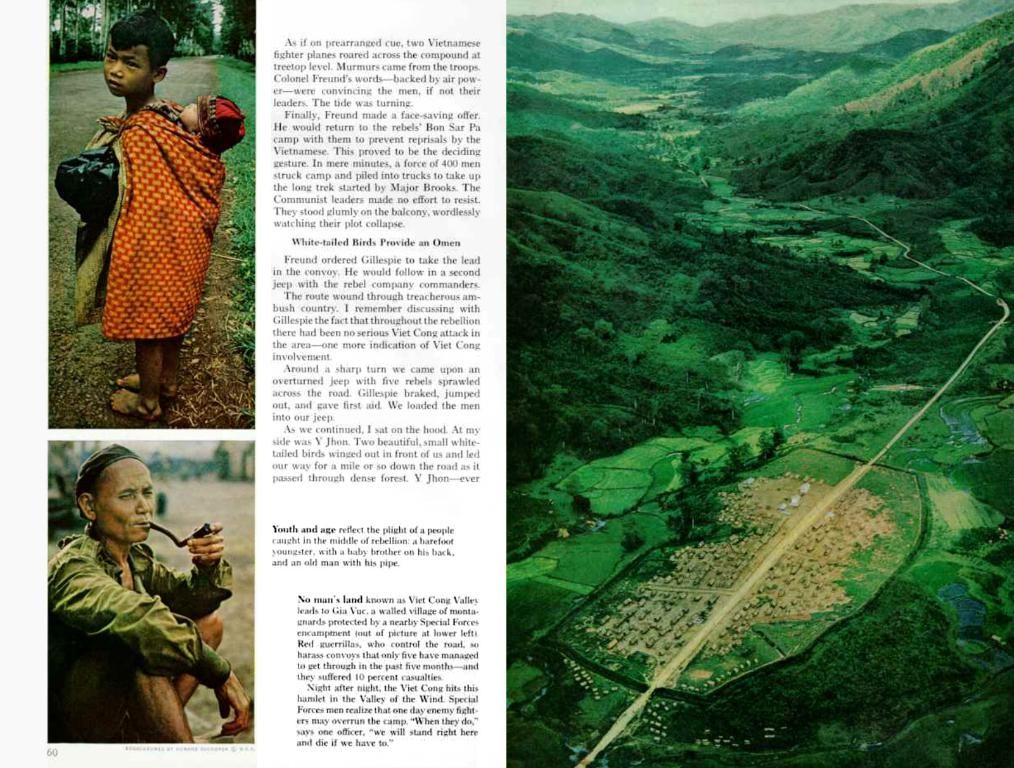Historically Significant City of Istanbul: A Pivotal Hub of Cultural Interactions
A Glimpse into the Heart of Istanbul
Stepping into Istanbul, a city steeped in history and pulsating with energy, transports you to a world where east mingles effortlessly with west. This city, called Byzantium in its infancy, Constantinople in its heyday, and Istanbul in modern times, has borne witness to empires rising and falling.
As a trade hub since its inception in the 7th century BCE, Istanbul has been a melting pot of cultures and civilizations. Its strategic location on the Bosphorus Strait granted it a position of immense importance, connecting Europe and Asia.
In 330 CE, Constantine the Great moved the Roman capital to this bustling scene, renaming it Constantinople. He aimed to protect the empire from chaos engulfing Rome as the Western Roman Empire crumbled. The city thrived under the Byzantine Empire, becoming a center of Christianity and a beacon of art and scholarship.
The Column of Constantine, erected to commemorate the city’s new status, still stands as a testament to its grandeur. The Theodosian Walls, built during the 5th century, guarded the city for nearly a thousand years, symbolizing the Byzantine Empire's exceptional engineering capabilities.
Yet, all good things must come to an end. The Byzantine Empire crumbled, leaving its legacy to the Ottomans, who transformed Constantinople into an Islamic imperial capital. This new era saw the construction of iconic landmarks like the Hagia Sophia (converted into a mosque) and Topkapi Palace. The city continued to serve as a bridge between Asia and Europe, maintaining its status as a cultural and commercial hub.
Fast forward to the 20th century and the founding of the modern Turkish Republic. Istanbul, then renamed Istanbul, modernized while clinging onto its rich cultural heritage. Today, Taksim Square stands as a symbol of this blend, a bustling center brimming with nightlife, cultural festivals, and political expression, reflecting Istanbul’s role as a stage for global tourism and a forum for free expression.
A walk down the vibrant Istiklal Street offers a smorgasbord of flavors, from traditional dishes like simit, gozleme, and döner kebab, to honey-soaked baklava and Turkish delight. The adventures continue as you explore the lively neighborhoods that make up today’s Istanbul, a truly contemporary mix of ethnic groups and styles.
Istanbul, with its layers of history and vibrant modernity, is a city unlike any other—a crossroads where the old and the new merges, creating a unique cultural tapestry.
- Traffic in Istanbul, with its blend of traditional and modern vehicles, mirrors the city's fusion of past and present, creating an intriguing urban landscape.
- During my visit to Istanbul's Hippodrome, I marveled at the true essence of historical preservation amidst the modern lifestyle that thrives around it.
- As I strolled through Taksim Square, I marveled at the plastered buildings contrasted with the smaller cucumber vendors, showcasing the coexistence of Istanbul's old and new lifestyles.
- In planning my travel itinerary, I ensure to include not only sightseeing, but also indulging in the city's cuisine, such as trying a variety of traditional dishes ranging from simit to Turkish delight.





